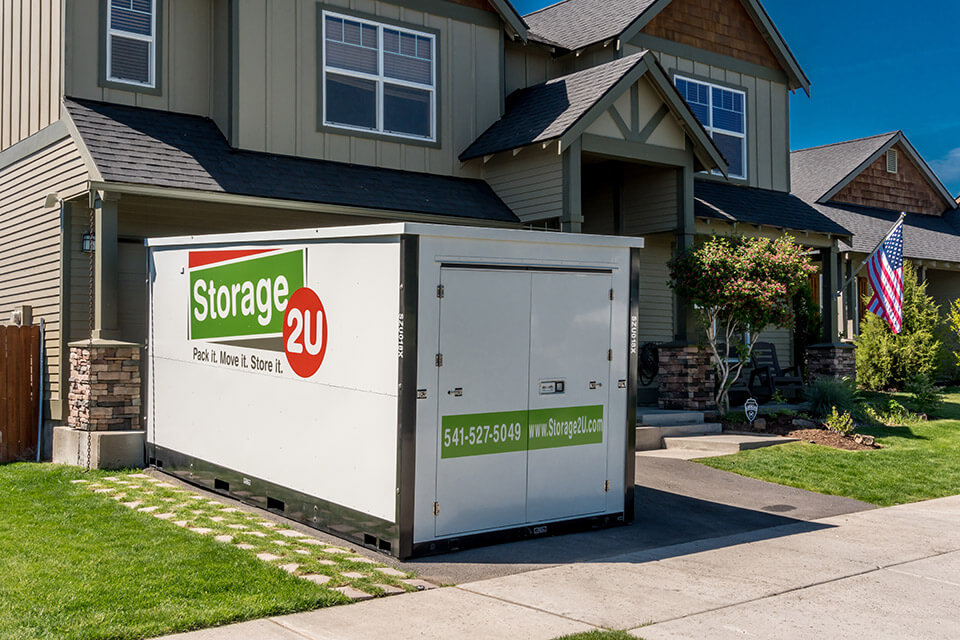
The portable storage industry has seen significant growth in recent years, and this trend is set to continue. With advancements in technology and changes in consumer behavior, the industry is poised for even more growth in 2023.
According to the self-storage industry tracking site Sparefoot.com, there are more than 51,000 storage rental facilities operating in the United States with more than 4 billion square feet of storage space. While consumer demand has dropped off slightly since the COVID-19 pandemic spike, rental prices remain healthy for storage unit owners with the average cost of a storage unit at over $1 per square foot for the third year in a row.
One of the fastest growing segments of the self-storage rental economy is the portable storage rental business. Often referred to as simply “storage pods”, portable storage rental units range from retired shipping containers that may or may not be rusting and weather proof to modern composite storage containers. These specialty containers are built specifically for residential storage and commercial on-site storage and can handle everything from antique furniture to business supplies and document storage.
So what’s driving the boom in portable storage? There are several factors related to the increased interest in storage solutions that are delivered to your front door and can be stored on site.
Advancements in Technology
Advancements in technology have made portable storage more accessible and affordable for consumers. The development of lightweight and durable materials has made it easier to manufacture and transport portable storage units. Additionally, digital technology has made it easier to manage and track inventory, which has reduced costs and improved efficiency for companies in the industry.
Changes in Consumer Behavior
Gen-Xers are the most common users of portable storage. That might be surprising considering that many of them are in their late 40s or early and are very likely to be homeowners. However, having a home doesn’t make it less likely for a person to need storage. On the contrary, homeowners are just as likely to need storage space. And owners of larger homes or more likely than anyone to utilize storage space. Also, consider that Gen-X is more active than any previous generation at this relative age and has enjoyed more purchasing power than almost all preceding generations. That means that Gen-X has more money, more interests and more toys then their parents or grandparents. It’s no surprise that they need more storage than the average suburban home with no basement can provide.

Growth of the Construction Industry
The construction industry is also a key driver of growth in the portable storage industry. Portable storage units are used for storing construction equipment and materials on job sites, as well as for providing temporary office or living space. The housing boom over the past decade has seen more people moving into new homes or changing homes than ever before. Portable has become a perfect solution to those people in the midst of a move looking for temporary storage that’s close and convenient.
Environmental Concerns
Environmental concerns are also driving growth in the portable storage industry. Portable storage units are often made from recycled materials and can be reused multiple times, reducing waste and promoting sustainability. With more consumers and businesses looking for eco-friendly solutions, the demand for portable storage is likely to increase.
What’s Next in Portable Storage?
The portable storage industry is poised for more growth in 2023, thanks to advancements in technology, changes in consumer behavior, growth of the construction industry, and environmental concerns. As the industry continues to evolve, we can expect to see even more innovative solutions that meet the changing needs of consumers and businesses alike.

